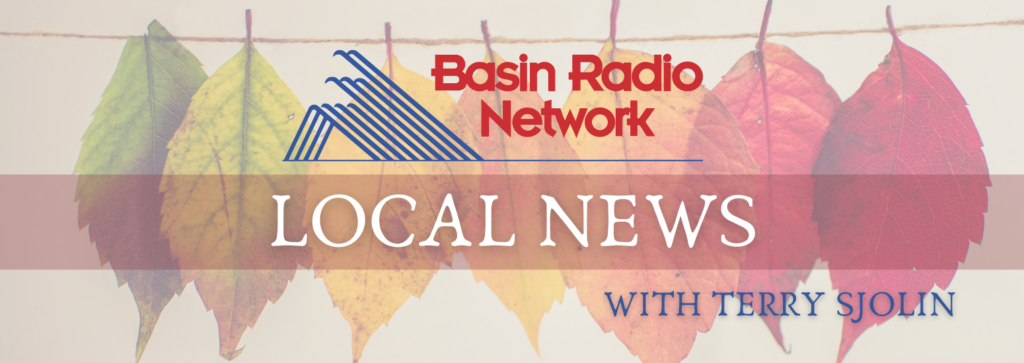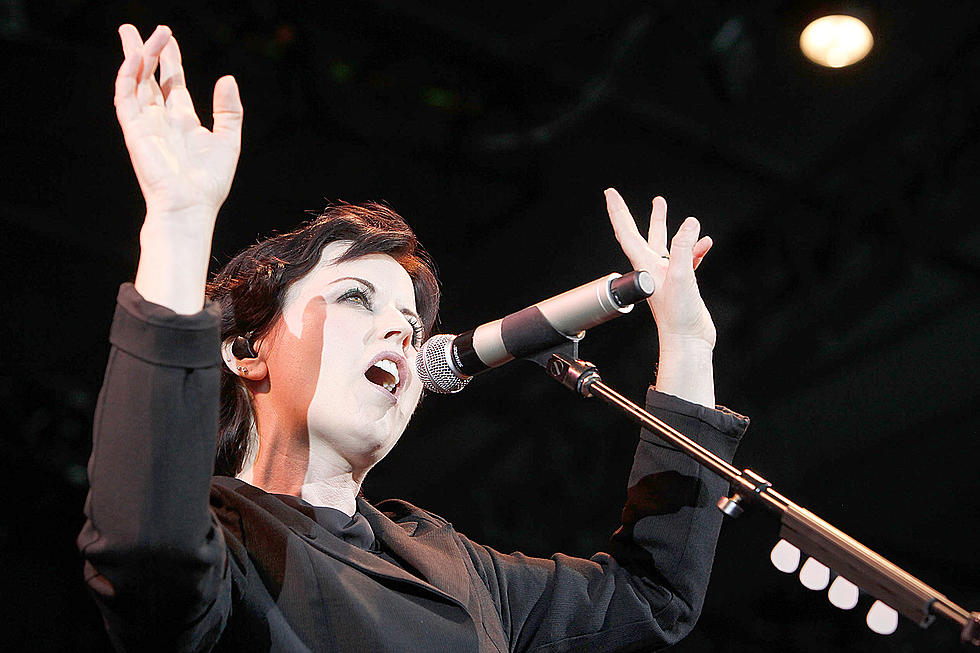Black Hills National Forest Prepping for Fall Prescribed Burning
Written by broebling on September 14, 2018
Press Release – Black Hills National Forest fire managers are looking ahead at changing weather conditions and making plans to conduct prescribed burns this fall.
After many years of fire exclusion, an ecosystem, such as the Black Hills, needs periodic fire to remain healthy. Without it, trees are stressed by overcrowding, fire-dependent species disappear, and flammable fuels build up and become hazardous.
“It is much better to have a lower intensity fire now under more controlled conditions and cooler temperatures, than a wildfire in the middle of July that is unplanned, unpredictable and burning out of control,” said Forest Fire Management Officer Todd Pechota.
Prescribed burns don’t happen overnight. In fact, it can take up to a year or more to plan the coordinated effort according to fire managers.
For every prescribed burn, specialists write burn plans. Burn plans identify, or prescribe, the best conditions under which trees and other plants will burn to get the best results safely. Burn plans consider temperature, humidity, wind, moisture of the vegetation, and conditions for the dispersal of smoke.
Implementation is also supported by a National Environmental Policy Act (NEPA) document. Specialists such as: hydrologists, archaeologists, wildlife biologists, among others, are involved with this process that requires federal agencies to integrate environmental values into their decision making processes by considering the environmental impacts of their proposed actions and reasonable alternatives to those actions.
With all of the planning that goes into a prescribed fire project, managers will not ignite a project unless the conditions meet the criteria described in the burn plan. “If we are out of prescription or something isn’t going as planned, we will cancel the burn and wait for a better day,” said Pechota.
Since prescribed fires can be ignited only under certain weather and vegetative conditions, it is difficult to predict exactly when they will occur. But the right fire, at the right place, at the right time can reduce hazardous fuels, protect communities from extreme fires; minimize the spread of pest insects; remove unwanted species that threaten species native to an ecosystem; provide forage for game; improve habitat for species; recycle nutrients back to the soil; and promote the growth of trees, wildflowers, and other plants.
Interagency coordination across the Black Hills is instrumental in conducting any prescribed fire project. “We work closely with our local, state and federal partners,” said Pechota. “They come to our burns and help with ignitions, holding and other positions and vice-versa. We share knowledge, tools and resources that are critical in ensuring a successful project.”
Typically, the Forest Service will only burn when the smoke dispersal rating is fair or better. A rating of fair or better allows smoke to rise higher in the atmosphere and allows upper air winds to disperse smoke. Yet even in favorable conditions, the air will still become smoky.
Although the air is smoky, it still meets federal and state air quality standards. Visit the Great Plains Fire Information Smoke Management page for more information: http://gpfireinfo.blogspot.com/p/smoke-management.html
On the day of a burn, fire managers will also call the National Weather Service with on-site weather conditions and request a spot weather forecast. This forecast allows fire managers to determine whether they will burn or not based on-site specific weather forecasts. This forecast includes temperatures, relative humidity, winds and smoke dispersal.
“Ultimately, these prescribed fire projects come down to safety,” said Pechota. “Can we implement this project safely? Is it safe for the public and firefighters? “If the answer is no, we will re-evaluate.”
To learn more about prescribed burning on the Black Hills National Forest visit, https://www.fs.usda.gov/detail/blackhills/fire/?cid=FSEPRD575179.
Subscribe to receive prescribed burn and wildfire notifications at http://gpfireinfo.blogspot.com/.
Forest visitors, including hunters, are asked to be aware of their surroundings and watch for prescribed burning operations in the months ahead. Areas where burning operations are taking place will be signed to notify visitors. The public is also encouraged to contact a nearby Forest Service office with questions.
For more information on the Black Hills National Forest, visit, http://www.fs.usda.gov/blackhills or call (605) 673-9200.





